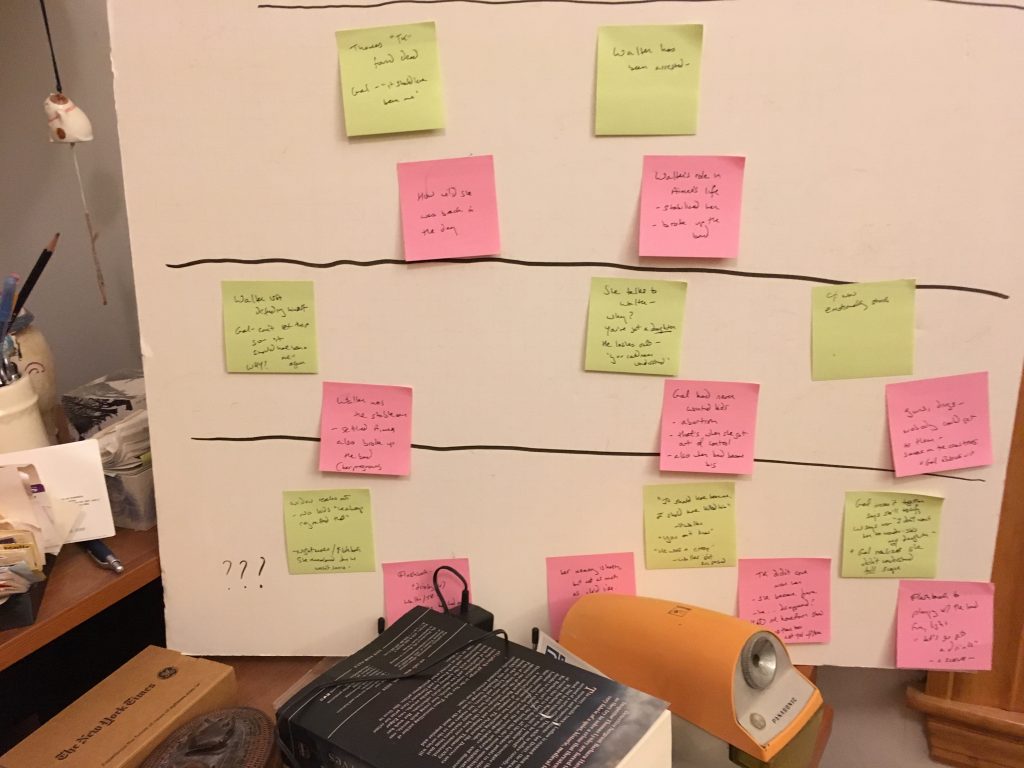 We crime fiction (mystery) writers like to describe ourselves as either “plotters” or “pantsers.” Plotters figure everything out ahead of time. Pantsers, well, don’t, preferring to fly by the seat of our pants. But it’s never quite that simple.
We crime fiction (mystery) writers like to describe ourselves as either “plotters” or “pantsers.” Plotters figure everything out ahead of time. Pantsers, well, don’t, preferring to fly by the seat of our pants. But it’s never quite that simple.
I’ve long considered myself a pantser. I like being surprised by my characters and believe that if the process is one of discovery for me, it will be for the reader as well. Often, I find that I’ve subconsciously built in clues to that final surprise – or that my characters react in ways I never expected. (The ending of “World Enough” was like that for me.) Of course, those of us who don’t plot things out in advance have to spend way more time revising to retrofit at least some of those discoveries along the way, but that to me has always been worth the journey.
That doesn’t mean that I don’t do some planning. Scenes will suggest themselves, and I’ll slap them up on the board, just to keep track of them. Clues, too, as well as character traits that might pay off later.
But this time, I’m going to almost actual plotting. I’m thinking of a story that (like World Enough) flips between the present and the past, and I wasn’t sure how the stories would align. I started making notes in the blank book I keep for such things, and I realized that, no, I wanted a visual rendering of how these scenes might work. An hour or so later, this is what I had. Will the finished book have any connection with these first few Post-Its? Who knows,but at least it’s a start.

Clea, I always really love those glimpses into the work of a writer. Thanks a lot for sharing this one.
Thanks, Katha! I know I’m interested in others’ process, so I’m glad mine is at least somewhat entertaining (or enlightening).